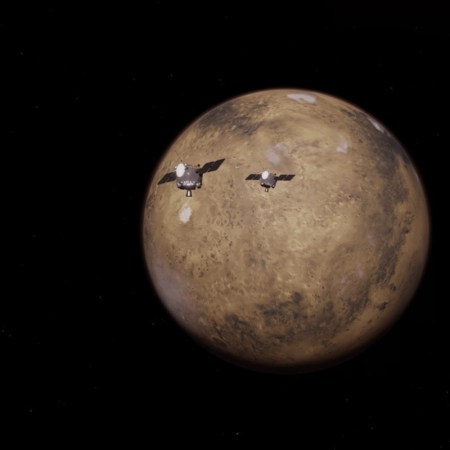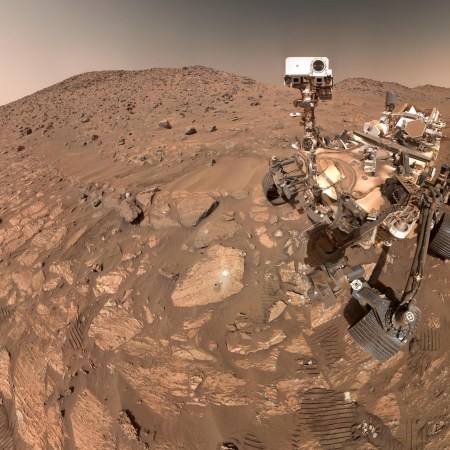Stargazing is a largely passive operation. But if you’re intent on seeing a shooting star, you can’t just lie on a picnic blanket on any random night and hope for the best. Patient, informed starchasing is a far better bet for catching some exploding space dust.
Luckily, 2019 will be chock-full of meteor showers, and we could all use one — searching the sky for an empyrean light show is the spiritual antonym to shoving one’s face into a backlit iPhone. Whether it’s an inspired date, a night the kids won’t forget or just you with your thoughts, consider giving it a try.
This year, there will be nine prominent meteor showers visible:
The Quadrantids: Decemeber 27-January 12 (peak January 3-4)
The Lyrids: April 16-28 (peak April 21-22)
The Eta Aquariids: April 19-May 28 (peak May 4-5)
The Southern Delta Aquariids: July 12-Augsust 23 (July 20-30)
The Perseids: July 17-August 26 (August 12-13)
The Orionids: October 2-November 7 (October 21-22)
The Leonids: November 6-30 (November 16-17)
The Geminids: December 4-17 (December 13-14)
The Ursids: December 17-26 (December 21-22)
Whatever night(s) you choose to head out, make sure you’re hours away from the light pollution of a major city. Fields work best (beware treelines) and you should brace yourself for a late one: it’s easiest to catch a shower between midnight and dawn.
And a couple basic facts so you sound smart when you pull this off: meteor showers are caused by meteoroids (big, bulky space debris leftover from a comet) crashing into the Earth’s atmosphere. Fascinatingly, many of those comet crashes aren’t from this century, or even the one before. Those meteors have been hanging out up in space since the Lincoln presidency, just waiting for the right moment to give you an ooh or an ahh. Oh, and the naming system above (with the “-id” suffix) corresponds to the constellation in which you’ll find the meteor shower. So study up and good luck out there.
For more information on how to catch a meteor shower, head here.
—
Main image from Unsplash
h/t New York Times
This article appeared in an InsideHook newsletter. Sign up for free to get more on travel, wellness, style, drinking, and culture.
























